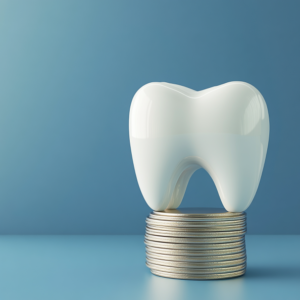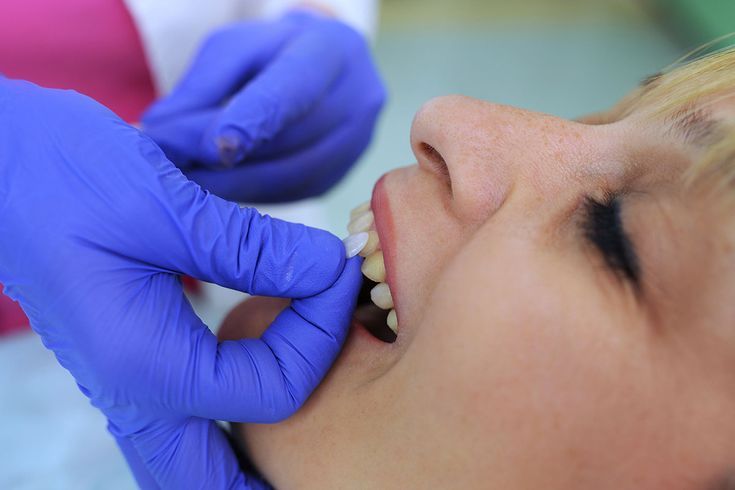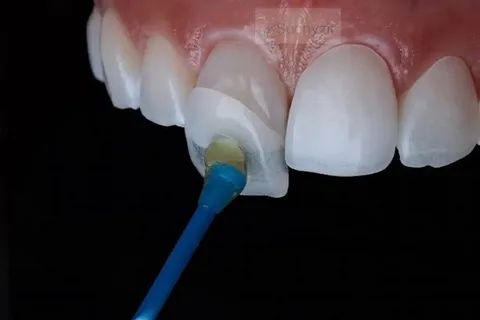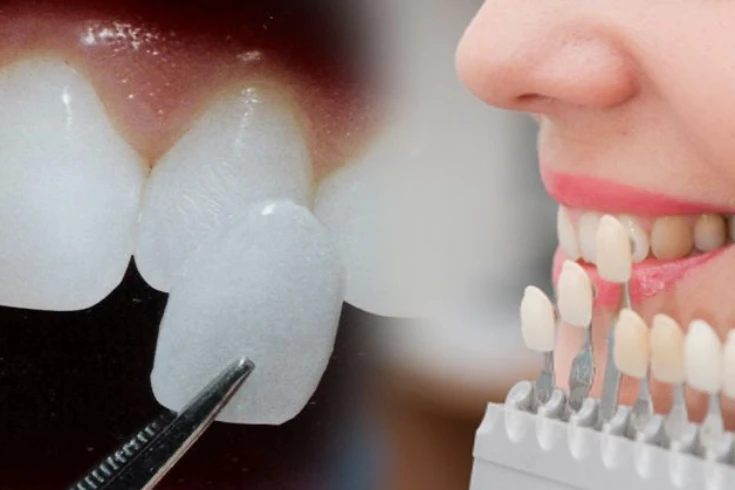A dentist performs root canal treatment to save teeth from extraction caused by infection or decay. In California, where dental health is a priority for many, root canal treatments are widely available and performed by skilled endodontists. This blog will explore everything you need to know about root canal treatment in California, from the procedure to finding the right dentist and understanding the costs involved.
What is Root Canal Treatment?
Root canal or endodontics therapy removes infected or damaged pulp inside a tooth. The pulp contains nerves and blood vessels; when it becomes infected, it can cause severe pain and even lead to abscess formation. Root canal treatment involves:
- Removing the infected pulp.
- Cleaning and disinfecting the inner chambers of the Tooth.
- Filling and sealing the space to prevent further infection.
Why Might You Need a Root Canal?
A root canal treatment is necessary when the pulp inside a tooth becomes infected or inflamed. Here are reasons why you need a root canal:
- Persistent Tooth Pain: Ongoing pain, especially when chewing or putting pressure on the tooth, can indicate an infection in the pulp.
- Sensitivity to Hot and Cold: Prolonged sensitivity to hot or cold foods and drinks might suggest damage to the tooth’s nerves even after the stimulus is removed.
- Swollen Gums: Swelling or tenderness in the gums near the affected tooth could be a sign of infection or an abscess.
- Deep Decay: If a cavity extends deep into the tooth, it can reach the pulp, necessitating a root canal to save the tooth.
- Darkening of the Tooth: Discoloration of the tooth may indicate that the pulp is dying or has died.
- Chipped or Cracked Tooth: A cracked or chipped tooth can expose the nerves, leading to infection and requiring a root canal.
- Repeated Dental Procedures: Multiple dental treatments on the same tooth can cause irritation or infection of the pulp.
- Infection or Abscess: Bacterial infections in the tooth pulp can lead to an abscess, requiring a root canal to prevent the disease from spreading.
What are the steps involved in the Root Canal Procedure?
- Diagnosis and Consultation: The process starts with a follow up examination. It is done to know the extent of the infection and whether a root canal is necessary.
- Anesthesia: The dentist will apply local anesthesia to numb the affected Tooth and its surrounding area. Therefore it is done to ensure a painless procedure.
- Accessing the Pulp: The dentist will drill a small hole in the Tooth to access the pulp chamber.
- Removing the Infected Pulp: The dentist will carefully remove the infected or damaged pulp using specialized instruments.
- Cleaning and Disinfecting: The inside of the Tooth is cleaned and disinfected to remove any remaining bacteria.
- Filling and Sealing: The dentist fills the empty pulp chamber with a biocompatible material called gutta-percha and seals the Tooth to prevent future infections.
- Restoration: Mostly, a crown is placed over the treated Tooth to restore strength and functionality.
How to Find the Right Endodontist in California?
Choosing the right endodontist is crucial for a successful root canal treatment. California is home to many highly qualified dental professionals, so here are some tips for finding the best one:
- Check Credentials: You should check if the dentist is a licensed endodontist with specialized training in root canal therapy.
- Experience: Look for an endodontist with extensive experience performing root canals, especially if your case is complex.
- Reputation: Read reviews and ask friends, family, or your general dentist for recommendations.
- Technology: Opt for a clinic that uses the latest dental technology, such as digital X-rays and operating microscopes, which can improve the accuracy and success of the procedure.
Also Read: Root Canal Treatment in New Jersey
Also Read: Root Canal Treatment in Florida
Cost of Root Canal Treatment in California
The cost of root canal treatment in California can vary depending on several factors, including the location of the Tooth (front teeth are usually less expensive to treat than molars), the complexity of the case, and whether you have dental insurance. but the averege cost of root canal treatment in California, USA is $600-$1500.
| Treatment | Cost |
| Front Tooth | $600 – $1,100 |
| Premolar | $700 – $1,300 |
| Molar | $900 – $1,500 |
If a crown is needed after the root canal, the total cost can increase by $500- $3,000 in Californa. Dental insurance typically covers a portion of the cost, but it’s essential to check with your provider to understand your coverage.
What to Expect During Recovery
It’s normal to experience some discomfort or mild pain for a few days after a root canal. Over-the-counter pain relievers like ibuprofen can help manage this. Most patients can resume normal activities a day after the procedure. However, they should avoid chewing from the treated Tooth with a crown.
In the days following your root canal, good oral hygiene is essential to prevent further issues. Brush and floss regularly, and consider using an antiseptic mouthwash.
What are the Benefits of Root Canal Treatment?
There are many benefits of having root canal treatment. Some of the benefits of having Root canal treatment are:
- Pain Relief: Eliminates the source of intense tooth pain caused by infected or inflamed pulp.
- Saves Your Natural Tooth: We understand the value of your natural tooth. Our treatment preserves it, maintaining proper bite alignment and jawbone integrity, and showing respect for your unique dental structure.
- Prevents Tooth Extraction: Avoids the need for tooth extraction, that can lead to other dental issues and the need for expensive replacements like implants or bridges.
- Stops Infection Spread: Prevents the spread of infection to adjacent teeth, gums, and other parts of the mouth.
- Restores Chewing Function: After the dentist places a crown it allows you to continue using your tooth for normal chewing and biting.
- Improves Oral Health: Removing the infected pulp contributes to better oral health, reducing the risk of future dental problems.
- Aesthetically Pleasing: When paired with a crown, a treated tooth looks natural and blends seamlessly with your other teeth.
- Long-Lasting Results: Root canal-treated teeth can last a lifetime with proper care, providing a durable solution to dental problems.
Conclusion
Root canal treatment in California is a highly effective procedure, to save your Tooth and relieve pain caused by infection. In California, you have access to some of the best endodontists in the country. The dentist performs the patient’s treatment with the highest level of care. You can confidently approach your root canal treatment by understanding the process, finding the right dentist, and knowing what to expect in terms of cost and recovery.
FAQ’s
How do I find the right endodontist in California?
To find a qualified endodontist, check their credentials, experience, and reputation. Look for professionals with specialized training in root canal therapy and those using advanced technology like digital X-rays and operating microscopes.
Are there any alternatives to root canal treatment?
In some cases, if a root canal is not feasible or advisable, tooth extraction might be recommended. However, extraction can lead to further dental issues and often requires replacement with an implant or bridge.
How long do root canal-treated teeth last?
With proper care, root canal-treated teeth can last a lifetime. Maintaining good oral hygiene and regular dental check-ups are crucial to ensuring the longevity of the treated tooth.
What are the benefits of root canal treatment?
Root canal treatment relieves pain, saves the natural tooth, prevents the need for tooth extraction, stops the spread of infection, restores chewing function, improves oral health, and provides aesthetically pleasing results when paired with a crown.
Can I eat normally after a root canal?
You should avoid chewing on the treated tooth until a permanent crown is placed. Once the crown is in place, you can resume normal eating and chewing activities.






